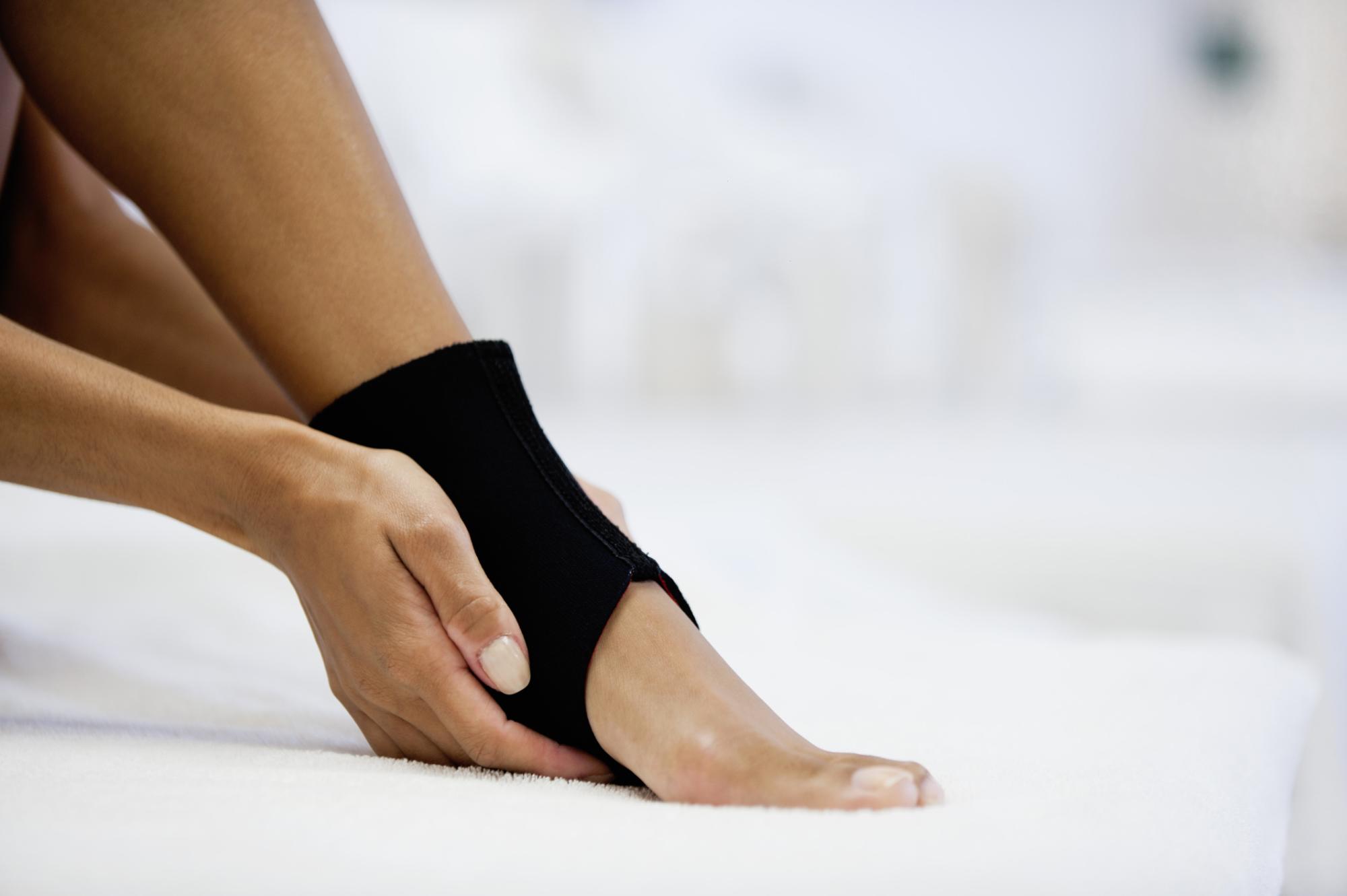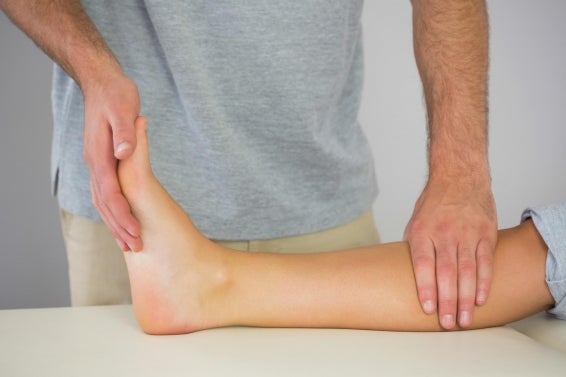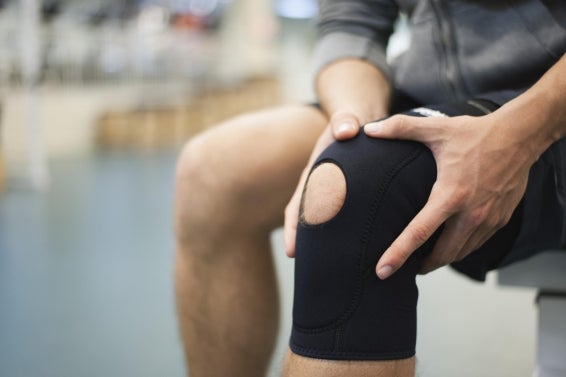View Providers
Ankle sprains can happen to anyone, whether you tripped over a vacuum while cleaning the house or injured yourself on the soccer field. In fact, about 25,000 people sprain their ankle each day. The elastic structures that hold your ankle bones and joints together are called ligaments. A sprained ankle occurs when a ligament stretches more than it should. If your sprain is severe, it can actually tear the ligament. Ouch!
Know the Signs of a Sprained Ankle
If your sprain is mild, you may have some pain and swelling. If the ligament is partially or completely torn, you’ll experience more pain, swelling and tenderness. You may have even heard a “pop” when the injury occurred. You might be unable to stand on the injured leg.
How to Treat a Sprained Ankle
If you think you sprained your ankle, see your doctor as soon as possible. Your doctor may order an X-ray to diagnose your injury and make sure you don’t have a broken bone. Your treatment may include using crutches if it hurts to walk. You may need to wear an air splint or walking boot to keep your ankle still and help it heal.
Following the R.I.C.E. protocol right after the injury helps reduce the pain and swelling:
- Rest—Keep your weight off your ankle.
- Ice—Apply ice immediately after injury to reduce swelling. Ice your ankle 20 to 30 minutes at a time, 3 to 4 times per day.
- Compression—Use a bandage to support your ankle.
- Elevation—Prop your ankle up on some pillows so it’s higher than your heart. Try to stay in this position as much as possible in the 48 hours after your injury occurs.
Recovering from a Sprained Ankle
Your recovery depends on how severe your sprain is. If it’s minor, you may be able to return to your regular activities within a few days. If it’s more severe, it can take several weeks. Your doctor may recommend physical therapy to help with recovery. Physical therapy may involve:
- Exercises to strengthen muscles around your ankle and increase range of motion
- Electrical stimulation to reduce pain and swelling
- Water exercises if standing is too painful
If you seek help after your injury and follow your doctor’s recommendations, you can expect a full recovery and be back on your feet in no time. You can take steps to prevent re-injuring your ankle. Wearing the correct type of foot wear for the sport you’re playing and wrapping your ankle with an elastic bandage are options. You may also need to cross-train and alternate days of high-impact activity with low-impact or no activity. This gives your ankle time to rest.





